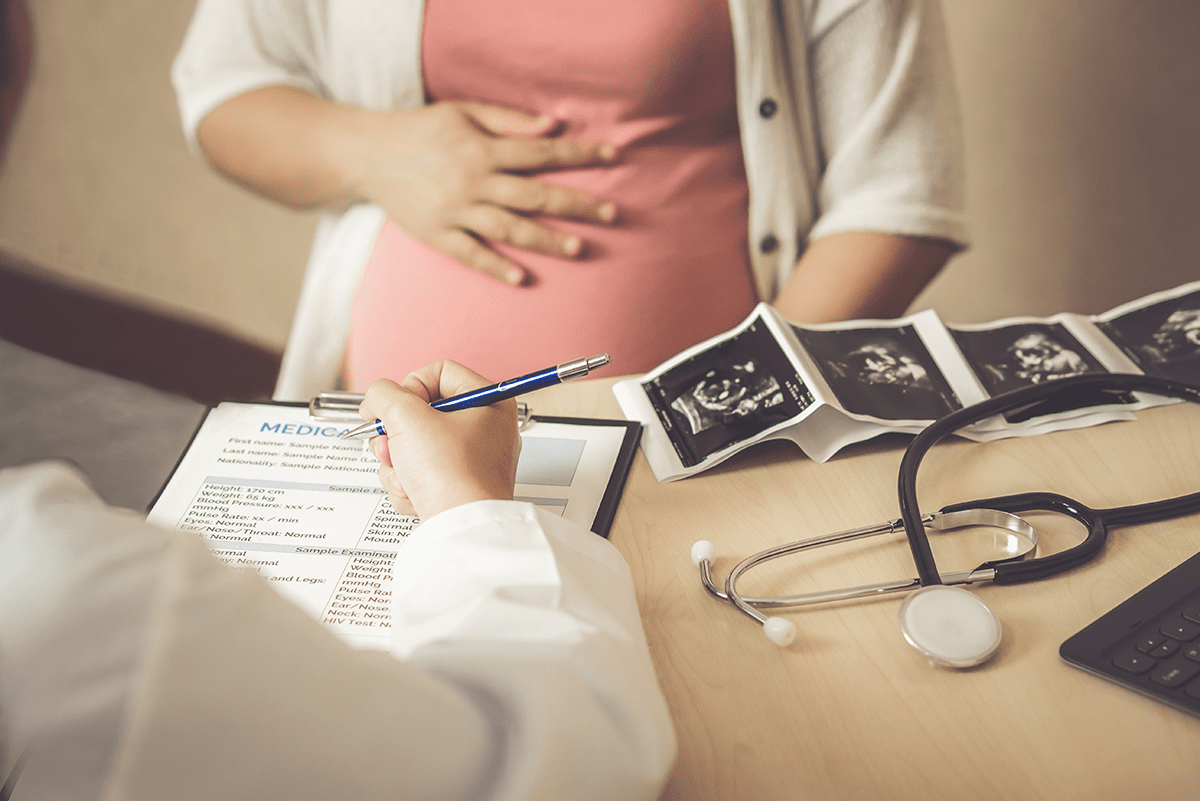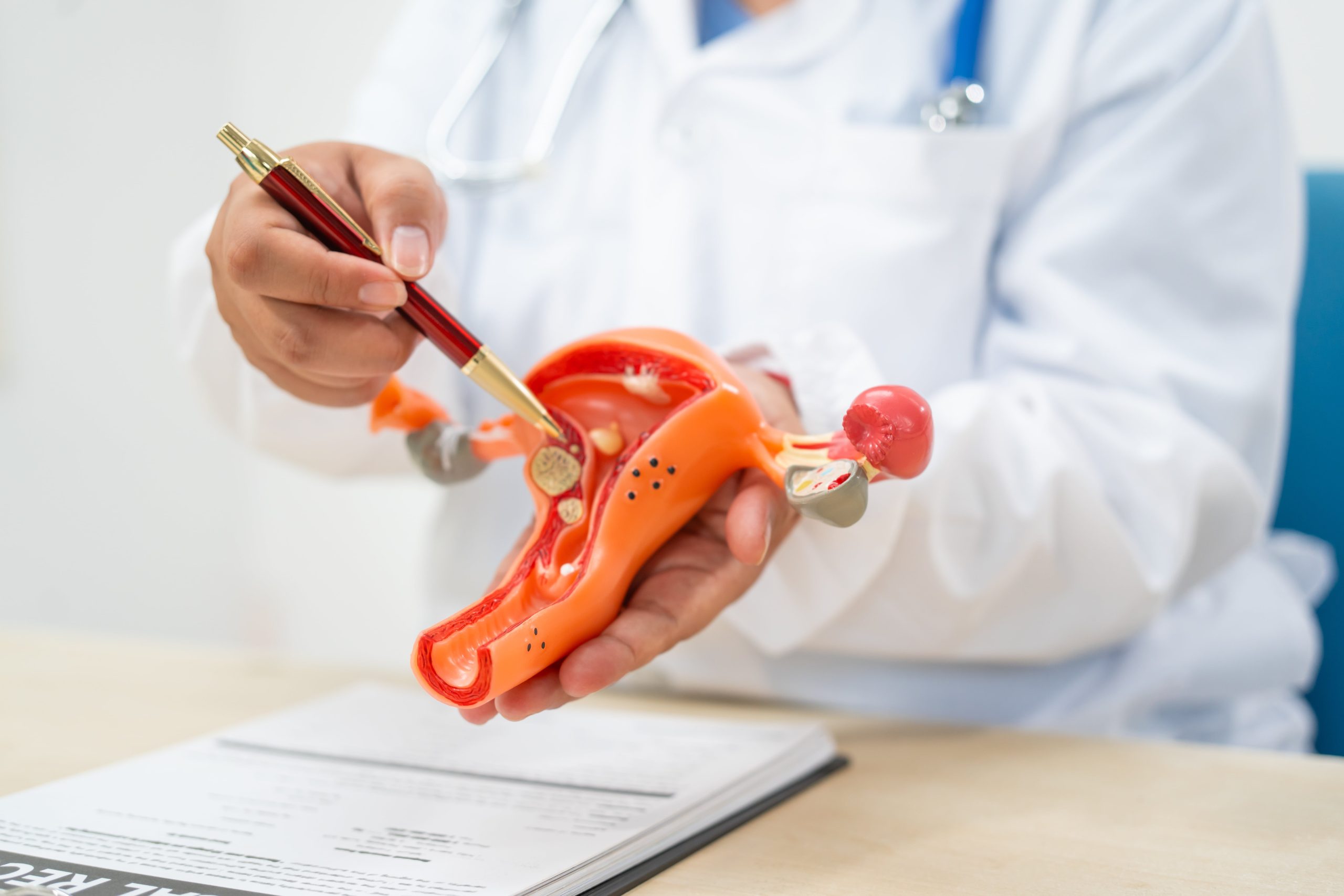Facing ovarian cyst surgery can be a source of uncertainty. One of the most common concerns among patients scheduled for this procedure is understanding what to expect during recovery. What kind of pain management and care will be necessary? How long will it take to return to normal activities?
This post will shed light on the stages of recovery from ovarian cyst surgery, providing insights into what you can anticipate at each step.
Immediately after surgery
Post-anaesthesia care
After your ovarian cyst surgery, you will be taken to a post-anaesthesia care unit (PACU). Here, nurses and medical staff will monitor you as you wake up from anaesthesia.
It’s normal to feel groggy, disoriented, or even slightly nauseous. This phase is crucial for ensuring that your vital signs are stable and that you are regaining consciousness safely.
Pain management
Pain management begins immediately after surgery. You may experience some pain or discomfort around the incision sites and internally. The medical team will administer pain relief medication through an IV or orally to help manage this.
Effective pain management is vital for your comfort and to enable you to begin moving around, which is an essential part of recovery.
Observation
You will be closely observed in the initial hours after surgery. The medical staff will document your vital signs, monitor your pain, and assess any immediate postoperative complications.
This observation period helps ensure that any issues are quickly addressed and you recover as expected.
Few days post-surgery
Activity level
You will be encouraged to move around gently in the days following your surgery. Light activity, such as short walks around your hospital room or home, can help promote blood circulation and prevent complications like blood clots. However, avoid strenuous activities and heavy lifting to allow your body to heal.
Pain
You may continue to experience some pain and discomfort, particularly around the incision sites and internally. Over-the-counter pain relievers or prescribed medications will help manage this pain.
You should follow your doctor’s instructions regarding pain medication to ensure effective pain control and to avoid any potential side effects.
Incision care
Proper care of your incision areas is crucial for preventing infection and promoting healing. Keep the area clean and dry, and follow your surgeon’s instructions.
You may need to change dressings regularly and monitor the incisions for signs of infection, such as redness, swelling, or discharge. If you notice any of these signs, contact your healthcare provider immediately.
Medication
Your prescribed medications may include antibiotics to prevent infection, pain relievers, and others to manage symptoms such as nausea and constipation. You must take all medications as directed and inform your doctor if you experience any side effects.
Diet
Your diet in the days following surgery should be light and easy to digest. Start with liquids and gradually reintroduce solid foods as tolerated. We recommend consuming small, frequent meals to help prevent nausea and promote better digestion. Drink at least 2 litres of water and avoid caffeinated drinks.
Weeks post-surgery
Follow-up appointments
Follow-up appointments enable your doctor to monitor your healing progress, address any concerns, and adjust your treatment plan if necessary.
Be sure to attend all scheduled follow-ups and communicate any issues you may be experiencing.
Gradual return to normal activities
As weeks go by, you can gradually return to your normal activities. Listen to your body and avoid pushing yourself too hard. Driving, exercise, and returning to work should be reintroduced slowly and with your doctor’s approval. Avoid lifting heavy objects and strenuous activities until your surgeon gives you the green light.
Pain and discomfort
While pain and discomfort should gradually decrease, you may still experience some tenderness and sensitivity around the incision sites.
Continue to manage pain with over-the-counter medications as needed and follow your doctor’s recommendations. If the pain does not improve or worsens, contact your doctor.
Recovering from laparotomy vs. laparoscopic ovarian cyst removal
Ovarian cyst removal surgery is of two types: minimally invasive laparoscopic surgery and an open surgery called a laparotomy. A laparotomy is performed to remove large ovarian cysts. Recovering from a laparotomy involves more pain due to the larger incision, and it usually takes 6 to 8 weeks for patients to be physically active again.
Laparoscopic surgery involves smaller incisions that are suitable for removing smaller cysts. Pain after a laparoscopy is generally less severe than that after a laparotomy, and patients can often manage it with over-the-counter pain relievers. Most of our patients resume normal activities within 2 to 4 weeks.
Which Surgery is Right for You? Find OutLife after ovarian cyst removal
Many patients find that their symptoms, such as pain and bloating, are significantly reduced or entirely resolved after surgery. However, it’s essential to continue monitoring your health.
Your doctor may arrange regular ultrasounds to monitor your ovaries. While preventing ovarian cysts is impossible, maintaining a healthy lifestyle can help reduce your risk. Regular check-ups, a balanced diet, exercise, and stress management are all important in maintaining overall reproductive health.
Ovarian Cyst Surgery Removal in Singapore
Recovering from ovarian cyst surgery involves several stages, each with its own set of care requirements. Dr TC Chang performs gynaecological surgery, particularly in removing ovarian cysts. He has many years of experience performing laparotomy and laparoscopic ovarian cyst removal. Dr Chang also provides detailed instructions and support to help his patients heal effectively.
Schedule an appointment with Dr Chang to learn more about ovarian cyst removal.


